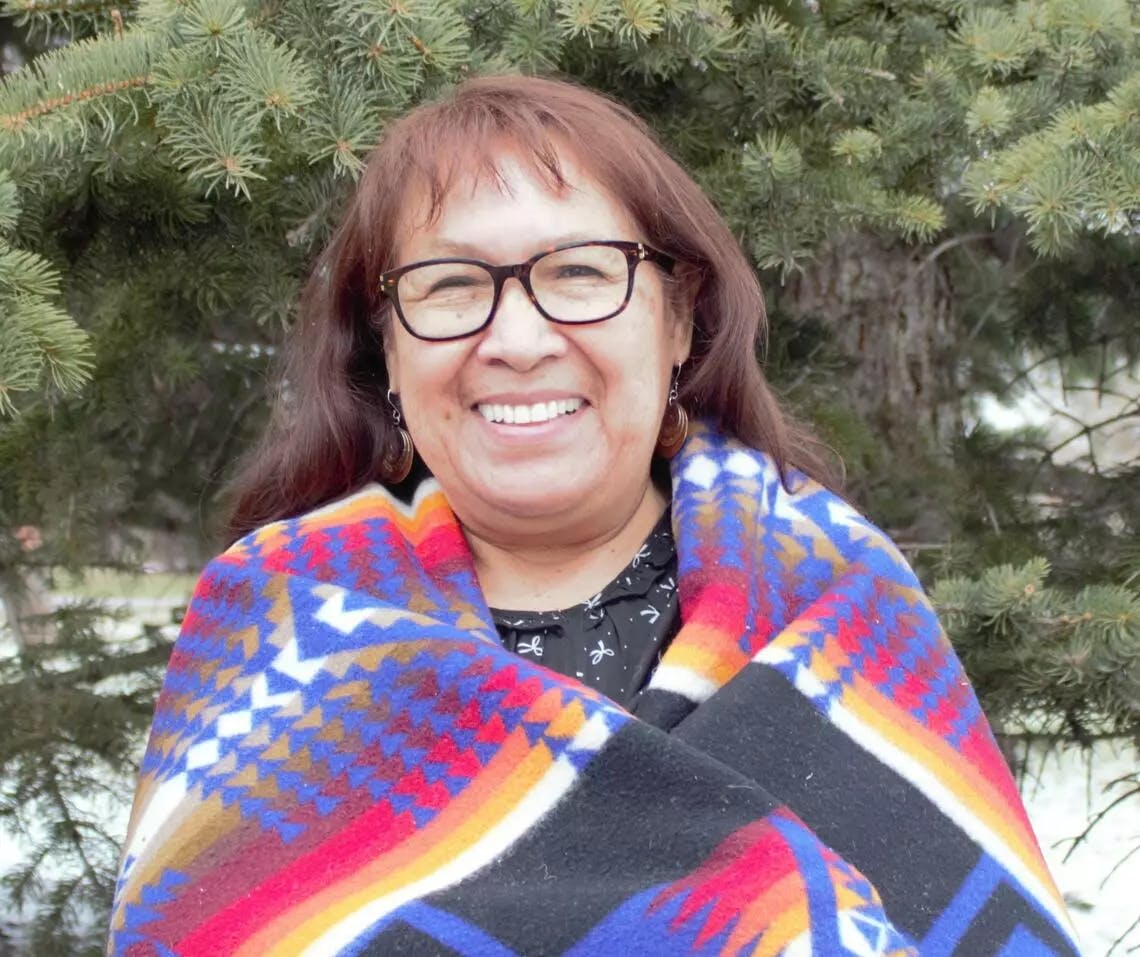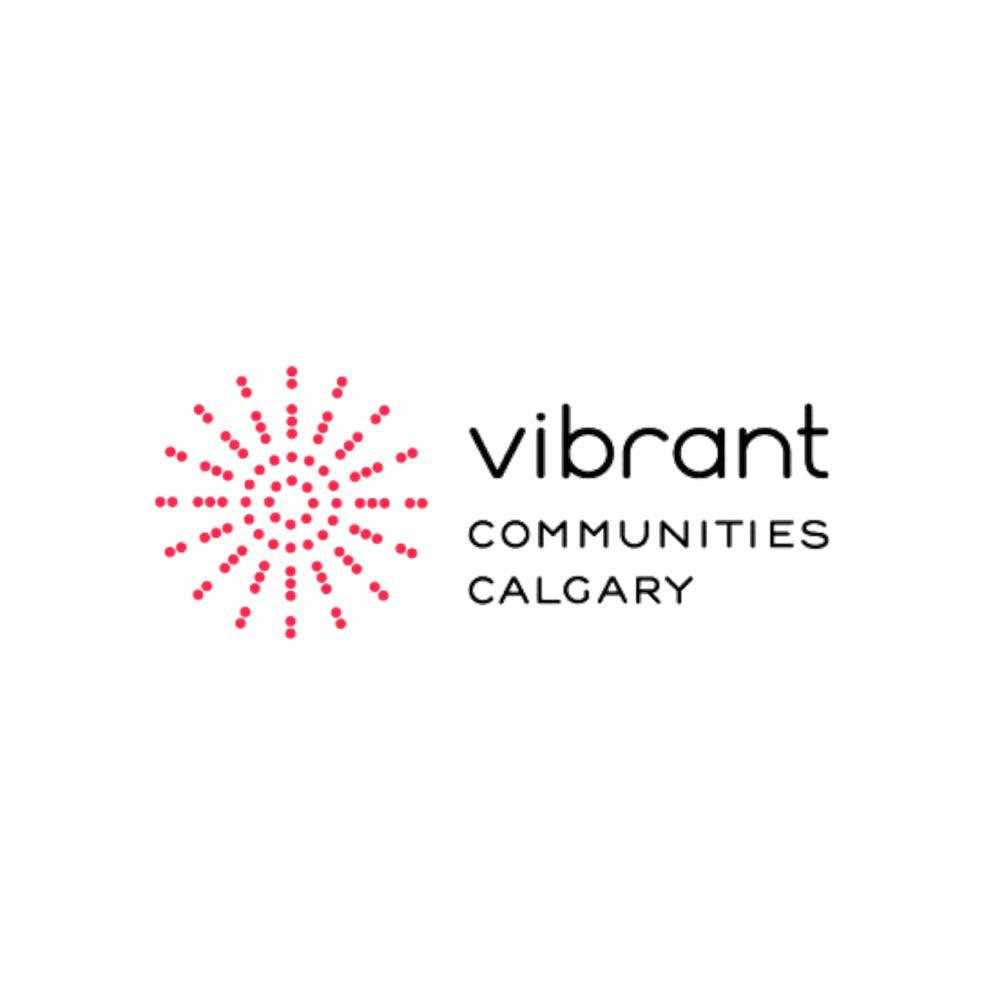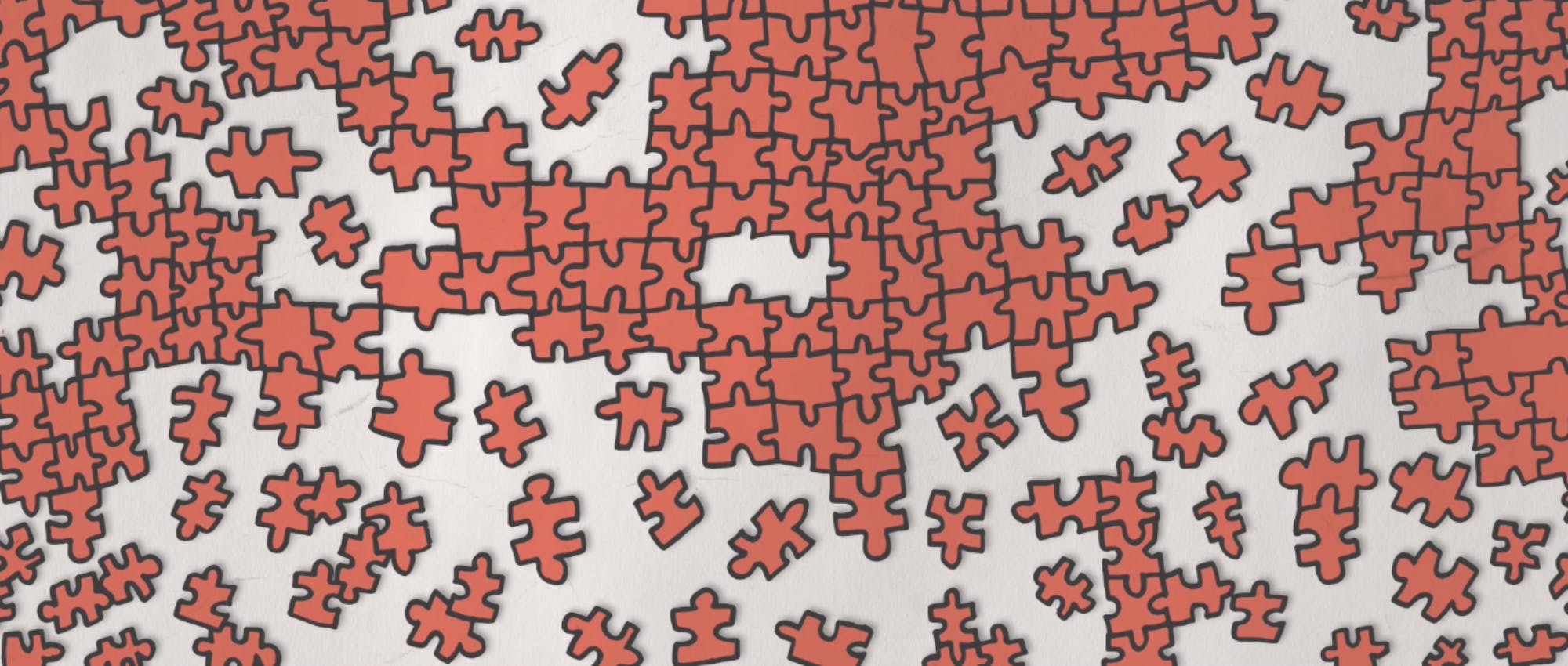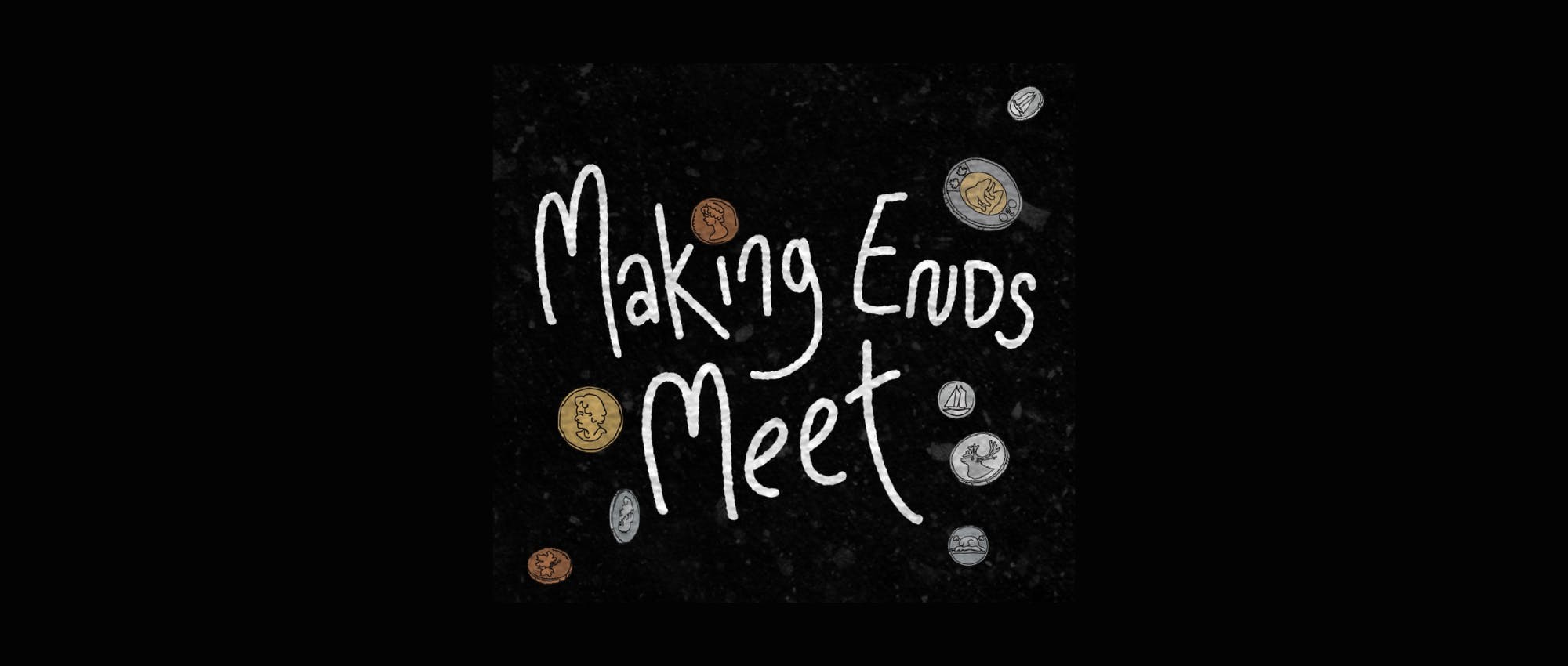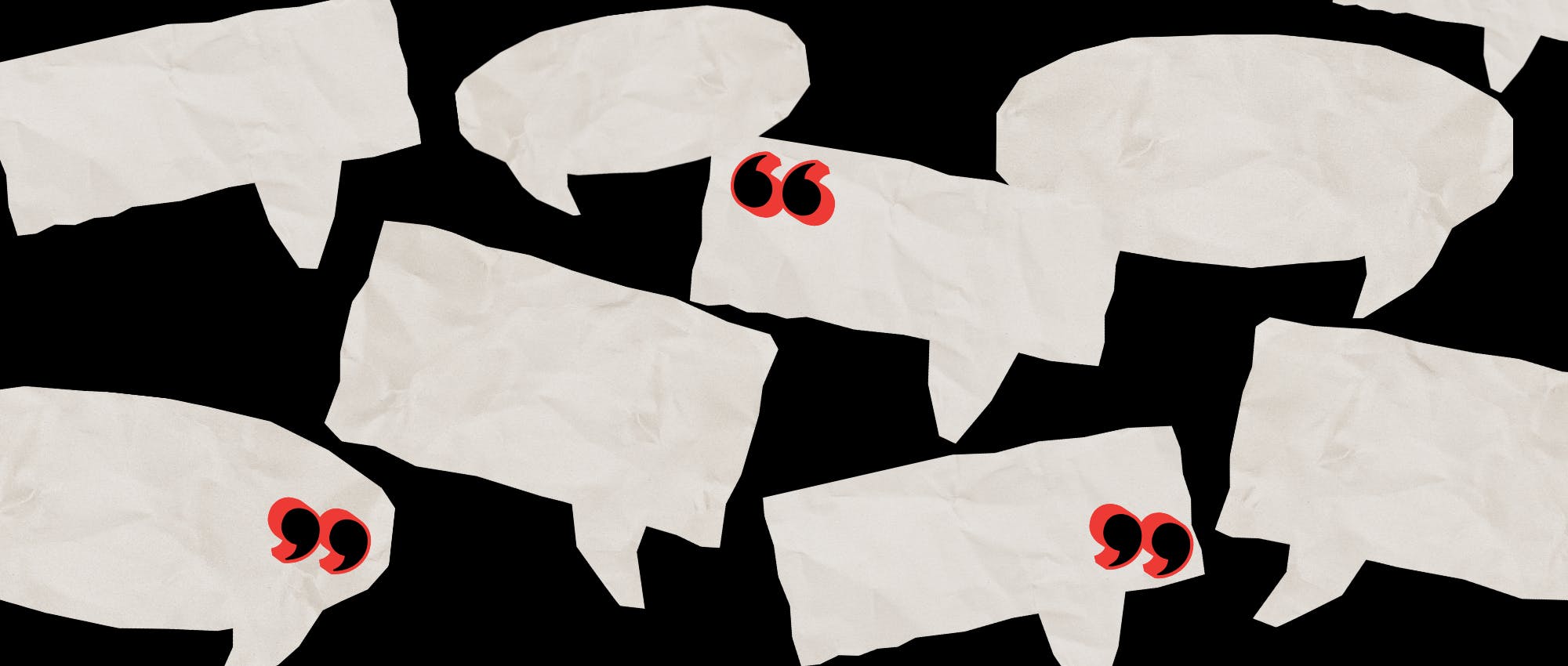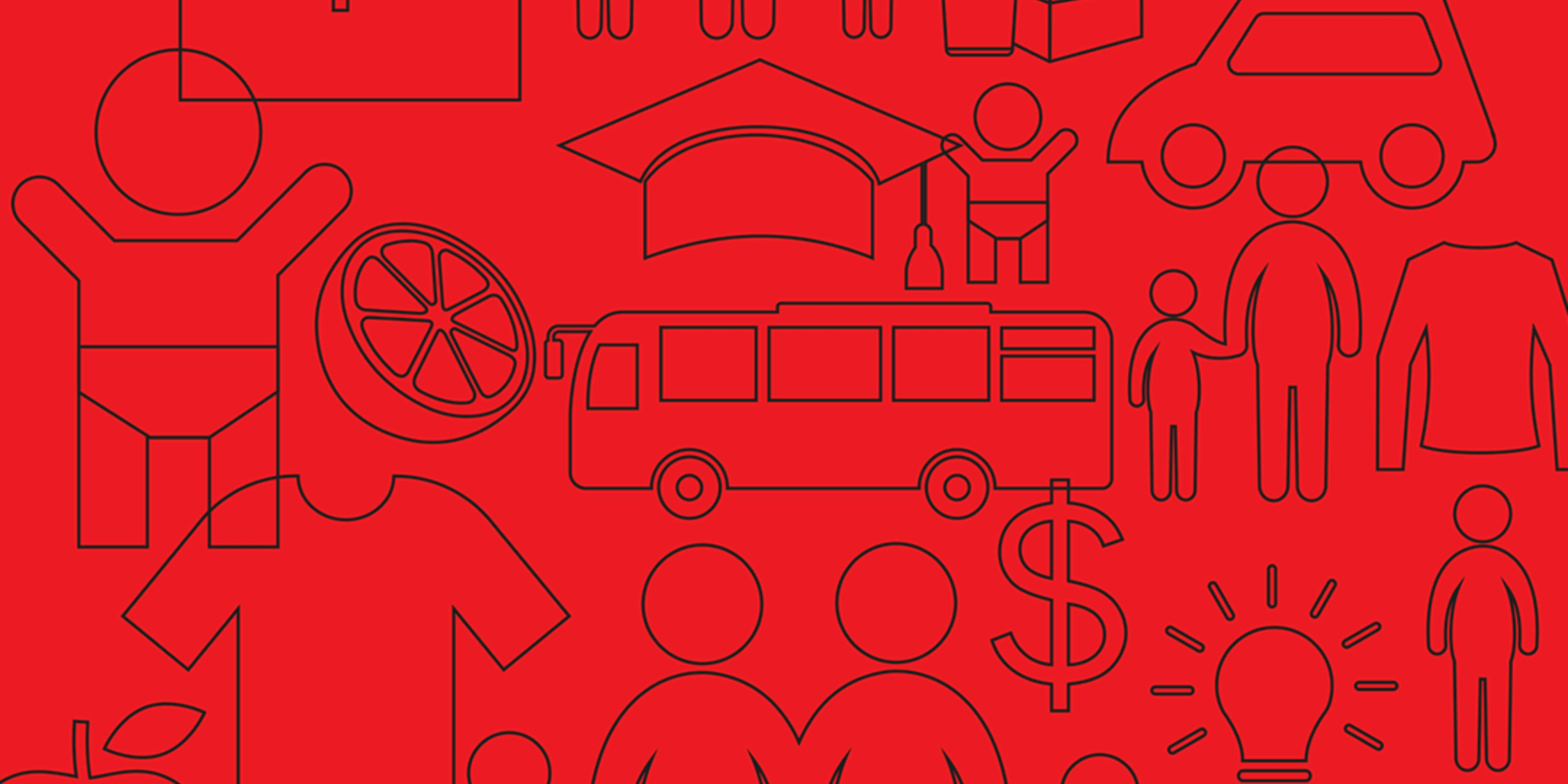The morning light poured into the Trellis Pineridge Club, illuminating a space where past, present, and future converged. A buffalo robe hung on the wall, watching over the gathering like an ancestor. Posters of the seven teachings hung on the wall gently reminding and guiding. The tipi, nestled in the corner, faced east, reminding those present of new beginnings. Tobacco plants drying nearby, whispering stories of tradition, of resilience, of the sacred connections so often forgotten in the noise of everyday life.
The ceremony began with smudge, letting go of what no longer served and making room for the wisdom to come. Elder Clement Leather, with the quiet strength of one who carries deep knowing, led the pipe ceremony. Elder Wanda First Rider sat beside him, holding space with gentle reverence. As the smoke curled upward, the air shifted. It was no longer just a room of individuals but a circle, bound by the stories carried and the ones about to be shared.
The circle held twenty-five people. Each brought their own burdens, hopes, and questions. Many nations were represented: Siksika, Piikani, Kainai, Muskoka, Cree. Many journeys, yet one shared purpose.
The conversation was raw and honest.
Elder Clement spoke about the importance of making space for ceremony, not just as a one-time event, but as a way of being in relation with one another. He talked about how ceremony is not just for Indigenous people—it is for everyone who is willing to come with an open heart, to listen, to sit in a good way. He reminded the group that the pipe is not just an object, but a living being, one that carries prayers and connects people to each other and to the land.
He shared how his mother taught him that the pipe does not belong to any one person. It belongs to the people. It carries the voices of those who came before and those who are still to come. He spoke about how, when the pipe is lifted, it is not just smoke rising. It is the voices of ancestors. It is the voices of those who never got to speak. He told a story of when he was a young boy, sitting with Elders and watching them prepare for ceremony. They would say, “Watch with your heart, not just your eyes. Listen with your spirit, not just your ears.” He reminded the group that knowledge is not just something spoken. It is felt. It is carried. It is lived.
Someone in the circle spoke up. “There is a violence to living in a place that does not acknowledge your existence.”
The words cut through the room. There was talk of belonging, of carrying the weight of a system that was never built for Indigenous people. Of youth growing up without knowing who they are because the world does not reflect their stories back to them. Someone said, "Enough for all, yet people are homeless in their homeland." The truth of it settled deep.
There was reflection on housing, addiction, and the unbreakable thread that ties them to homelessness. "Our people are suffering," someone said. "Addiction is what they turn to when there is no safety, no home, no land, no identity." The silence that followed carried the weight of generations.
Another voice spoke of the power imbalance in decision-making spaces. "We need to be at the table," they said. "Not just invited. Not just consulted. Centered."
"They say they want our knowledge, but they do not want to make space for us to share it."
There was deep frustration with the system, how it was not built for Indigenous people, how it continues to push them to the margins, how it so often refuses to listen. "Policies are written about us but never with us."
"When we do not know each other, we do not trust each other," someone said.
"How can we talk about reconciliation when Indigenous people are still treated as less?"
Yet even in the heavy truths, there was something else. A quiet, steady strength.
"The longest journey is from the head to the heart," Elder Clement reminded the group.
There was discussion about language, about stories, about the power they hold in reclaiming what was taken. "If you do not have words for something, how do you find your way back to it?"
A story was shared of a young girl, barely in her teens, carrying trauma too heavy for her small frame. She said, “I do not know what home feels like.” That is the reality. Youth are lost, and they are looking for something to hold onto.
"Economic reconciliation is not charity," another voice added. "It is a necessity. It is the return of what was taken."
And then, from deep in the circle, a voice rose.
“We are warriors, healers, storytellers.”
A murmur of agreement rippled through the room.
One by one, the words wove together like a blanket, wrapping around the space, reminding everyone.
Indigenous people are still here.
They have always been here.
They will always be here.
And when the time came to close the ceremony, a prayer was offered for a better day.
A day when youth know who they are.
A day when Indigenous people do not have to scan the room to feel safe.
A day when systems listen, when barriers dissolve, when stories are heard not as footnotes, but as truths that shape the world.
There was a deep gratitude for the opportunity to gather for ceremony. It was a reminder of what had been missing. A reminder that these spaces of reciprocity, where ceremony is shared not as an offering but as an exchange, are vital. It was not just an invitation to extract knowledge. It was a trade. Ceremony for knowledge. A mutual offering.
The echoes of the circle lingered long after the ceremony ended. There was a sense that healing is found in reclaiming identity, in ceremony, in community. That in a world that tries to divide, there is more that unites than separates.
There is room for everyone.
There is enough for all.
Iih kanii tai staiiwa.



